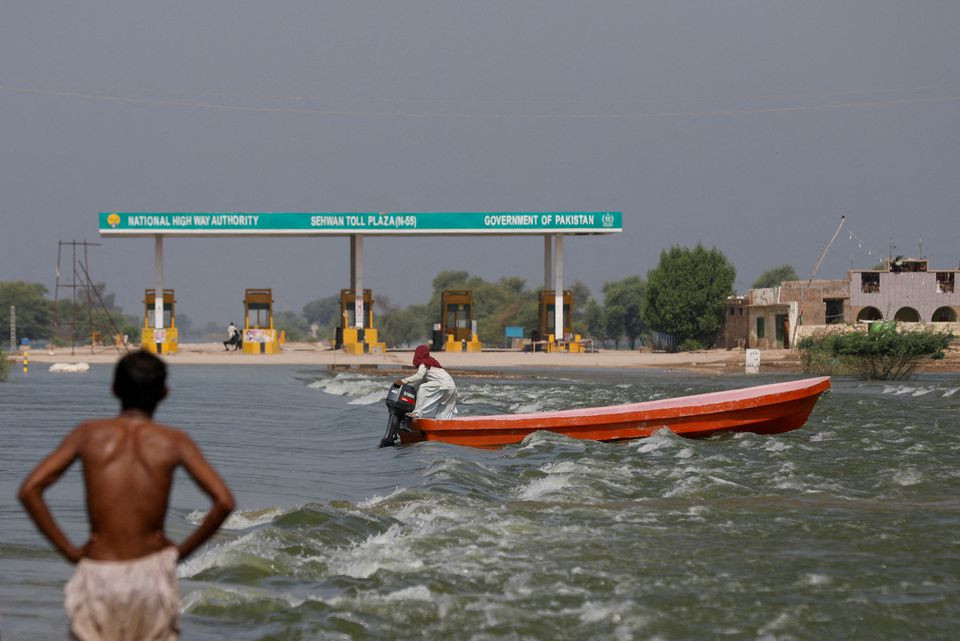
Climate change has become a serious worry all over the world as extreme climatic events have been observed in different parts of the globe. Pakistan is among the countries worst hit by climate change triggered by global warming even though its share in emission of greenhouse gasses is negligible.
In the outgoing year, unprecedented floods induced by unusual rains devastated Pakistan, especially Sindh, Balochistan, Southern Punjab, and Khyber-Pakhtunkhwa.
According to climatologists, the year 2022 turned out to be the worst in Pakistan’s history because unusual monsoon rains transformed the geography of Sindh and Balochistan. Sindh received over 500 per cent more than usual rainfall with 1,763mm of rain recorded in Padidan in three months, which was 1,672 per cent more than usual. Mohenjo Daro recorded 990mm of rain which was 1,293 per cent more than usual. Larkana received 917.3 mm of rain which was 1,015.9 per cent more than usual. The areas of Karachi that received the most rainfall during the three months of the monsoon season were Gulshan-e-Hadeed (917mm), PAF Base Masroor (758.8mm), and Quaidabad (744mm).
The rain-induced floods devastated rural and urban Sindh alike, killing hundreds of people, displacing millions, and destroying infrastructures and crops on millions of acres of lands. Stormy monsoon rains began on June 20 and lasted until September.
According to the Provincial Disaster Management Authority (PDMA) Sindh, as many as 801 people were killed including 339 children, 311 men, and 151 women in rain-related incidents and flooding. As many as 8,422 persons, including 3,247 children, 2,964 men, and 2,211 women, were also injured. The PDMA added that 20.58 million houses were damaged - 642,672 partially and 14,15,677 completely. Similarly, the rain and flooding also killed 436,435 cattle heads in Sindh, according to the Director General Livestock Sindh.
As many as 1,330 USCs, 860 roads, 165 bridges, 2,125 causeways, and shops, hotels, and mosques were also damaged across Sindh. An estimated 123.56 million people were impacted by the floods, while 19.45 million were left shelter-less. The floods laid waste to more than 37.7 million acres of agricultural land. Director General PDMA Sindh Salman Shah said that the scale of devastation was so huge that relief activities would continue throughout 2022, and may be next year. The Meteorological Department had forecasted 20 per cent more than usual in Sindh, including Karachi, but the province received 500% more than normal rainfall in the monsoon season. Karachi also weathered five heat-waves in 2022, between March and May and the maximum temperature in the metropolitan city reached 42.8 degrees Celsius. Moreover, two lunar and two solar eclipses were observed in the city, but luckily no cyclone developed in the Arabian Sea.
Published in The Express Tribune, January 10th, 2023.

1737019147-0/fizza-(38)1737019147-0-405x300.webp)


1737017947-0/biden-(4)1737017947-0-165x106.webp)



















COMMENTS
Comments are moderated and generally will be posted if they are on-topic and not abusive.
For more information, please see our Comments FAQ